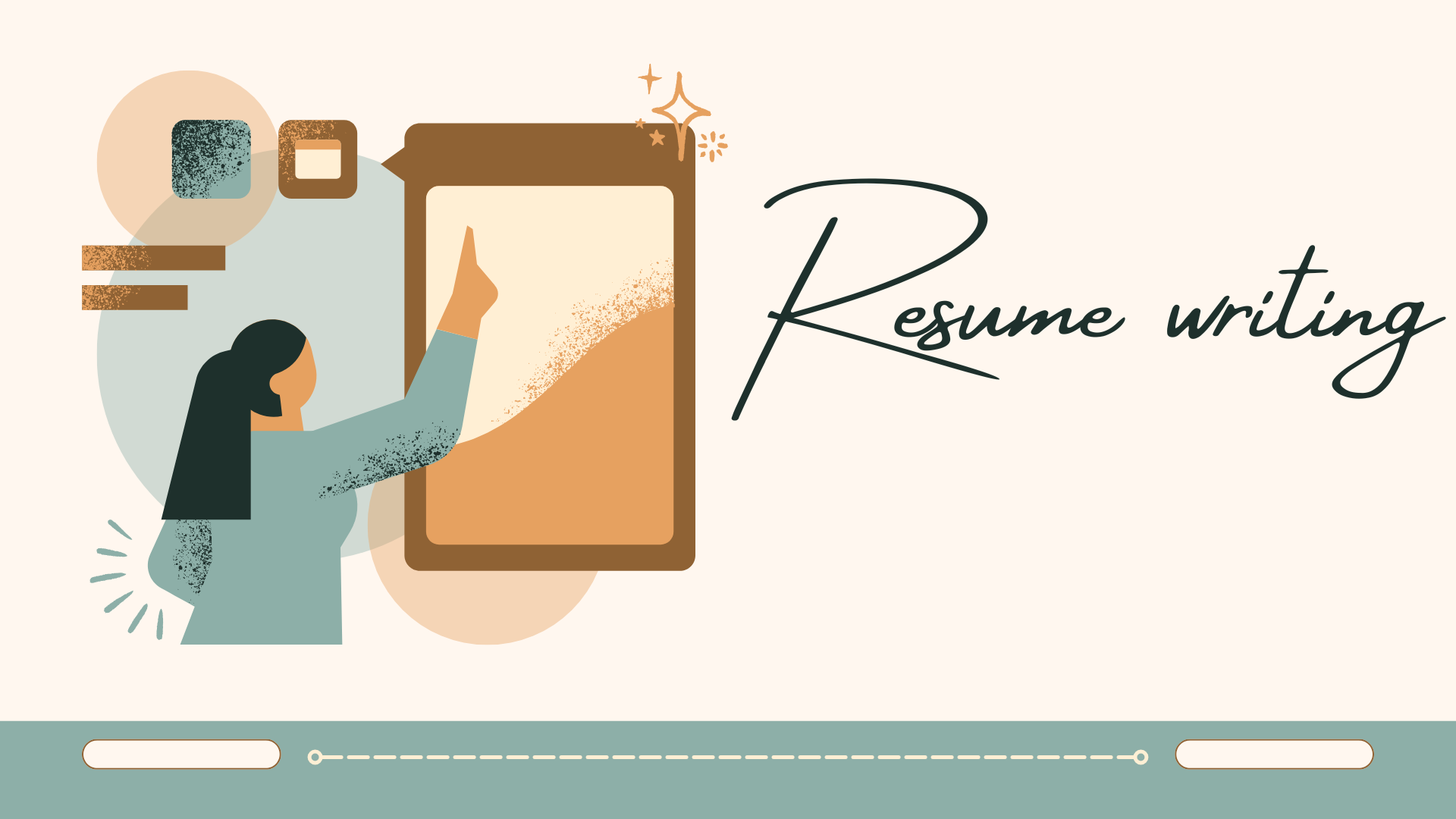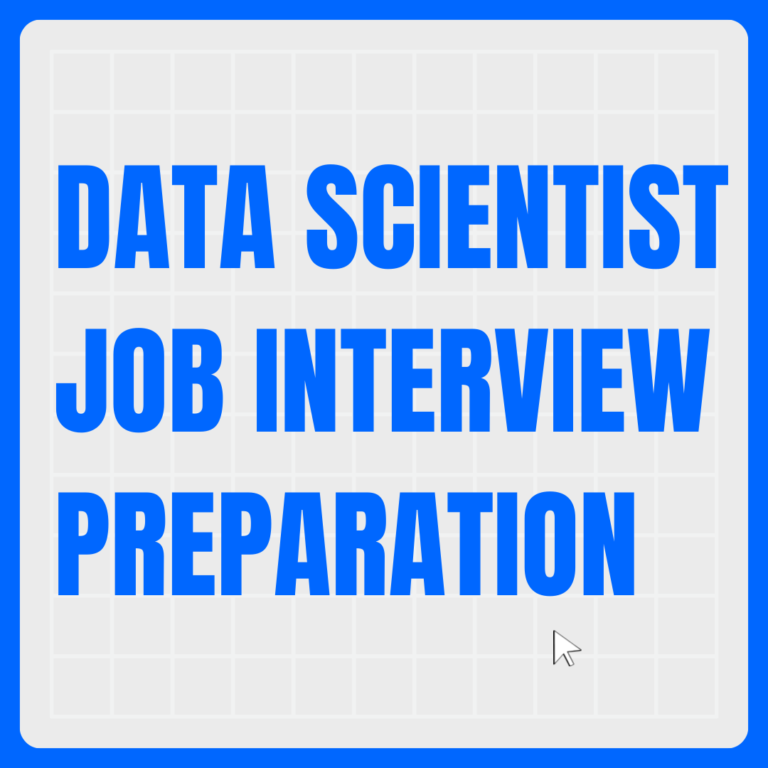Resume Writing Tips: Crafting Your Path to Success
Your resume is the gateway to your dream job, often serving as your first impression on potential employers. A well-crafted resume not only highlights your achievements but also reflects your personality, professionalism, and potential. Here’s a comprehensive guide to help you create an outstanding resume.
1. Understand the Purpose of Your Resume
A resume is a marketing document, not a mere list of your qualifications. It should convince hiring managers that you’re the best fit for the role. Tailor it to showcase your skills and experiences relevant to the job you’re applying for.
2. Choose the Right Format
There are three primary resume formats:
- Chronological: Highlights your work history in reverse order, suitable for individuals with a strong, continuous career path.
- Functional: Focuses on skills rather than job history, ideal for career changers or those with gaps in employment.
- Combination: Merges the best of both formats, perfect for candidates with a mix of strong skills and a solid career background.
Choose the format that best aligns with your professional journey and the role you’re targeting.
3. Start with a Strong Header
Your resume should start with a clean and professional header. Include:
- Full name
- Contact information (phone number, email address)
- LinkedIn profile or portfolio link (if relevant)
Ensure the email address is professional—avoid using casual usernames.
4. Write a Compelling Summary
A summary or objective statement is a snapshot of your career and goals. Keep it concise and tailored:
- Summary example: “Results-driven marketing professional with over 5 years of experience in digital campaigns, SEO strategies, and brand management. Proven ability to increase web traffic and lead conversions by 40%.”
- Objective example: “Aspiring data analyst eager to leverage strong analytical and problem-solving skills to deliver actionable insights for business growth.”
5. Highlight Relevant Skills
Employers scan resumes for specific skills. Create a skills section that includes both technical and soft skills relevant to the job. For example:
- Technical Skills: Excel, Python, Adobe Creative Suite, Google Analytics
- Soft Skills: Leadership, communication, problem-solving, teamwork
Make sure the skills align with those mentioned in the job description.
6. Detail Your Work Experience
The work experience section is the heart of your resume. Follow these guidelines to make it impactful:
- List experiences in reverse chronological order.
- Include job title, company name, location, and employment dates.
- Use bullet points to describe your responsibilities and achievements.
- Quantify achievements whenever possible (e.g., “Increased sales by 25% within six months”).
- Focus on results rather than duties (e.g., “Managed a team of 10 to deliver projects on time and under budget”).
7. Showcase Your Education
Include your educational background, particularly if it’s relevant to the job. Mention the degree earned, institution name, and graduation date. If you’re a recent graduate, you can also include coursework, honors, or extracurricular achievements.
8. Incorporate Keywords from the Job Description
Many companies use Applicant Tracking Systems (ATS) to screen resumes. To increase your chances of passing this initial filter:
- Study the job description for keywords.
- Integrate those keywords naturally into your resume.
- Focus on skills, tools, and qualifications mentioned in the listing.
9. Include Certifications and Professional Development
Highlight certifications, workshops, or training that add value to your profile. For instance, if you’re applying for a digital marketing role, certifications in Google Ads or HubSpot can give you an edge.
10. Make Use of Action Verbs
Start each bullet point with strong action verbs like “led,” “developed,” “analyzed,” “achieved,” or “collaborated.” These words emphasize your active role in producing results.
11. Keep it Concise
While you may feel tempted to include every detail of your career, a resume should ideally be one page (or two, if you have extensive experience). Focus on quality over quantity.
12. Proofread and Edit
Typos and grammatical errors can leave a negative impression. Proofread your resume multiple times or ask a trusted friend or mentor to review it. Consider using tools like Grammarly for added accuracy.
13. Design for Readability
A cluttered resume can overwhelm hiring managers. Use these design tips for clarity:
- Opt for a clean, professional font (e.g., Arial, Calibri, or Times New Roman).
- Use a font size between 10-12 points.
- Ensure consistent formatting (e.g., same style for all headings).
- Use white space effectively to enhance readability.
14. Customize for Each Job
Avoid sending the same resume to multiple employers. Tailor your resume for each application by emphasizing the most relevant skills and experiences for the specific role.
15. Add Volunteer Work or Projects
If you lack professional experience, include volunteer work or personal projects that demonstrate your skills. For instance, managing social media for a nonprofit can highlight marketing and organizational abilities.
16. Avoid Common Mistakes
Steer clear of these pitfalls:
- Including irrelevant information (e.g., hobbies unrelated to the job).
- Using clichéd phrases like “hard-working” or “team player” without evidence.
- Overloading your resume with buzzwords.
- Adding a photo unless explicitly requested.
17. Focus on Achievements, Not Tasks
Employers want to see your impact, not just your responsibilities. Replace generic descriptions like “Handled customer complaints” with results-oriented statements like “Resolved customer issues, improving satisfaction scores by 20%.”
18. Save in the Right Format
Save your resume as a PDF unless instructed otherwise. PDFs maintain formatting and ensure consistency across devices.
19. Keep It Updated
Regularly update your resume with new skills, certifications, or achievements. This ensures you’re always prepared for unexpected opportunities.
20. Use Free Resources
Leverage online tools and templates to refine your resume. Websites like Canva, Zety, or Novoresume offer customizable templates that align with modern resume standards.
A powerful resume is your ticket to landing interviews and advancing your career. By following these tips, you’ll create a document that not only impresses hiring managers but also reflects the unique value you bring to the table. Happy job hunting!








